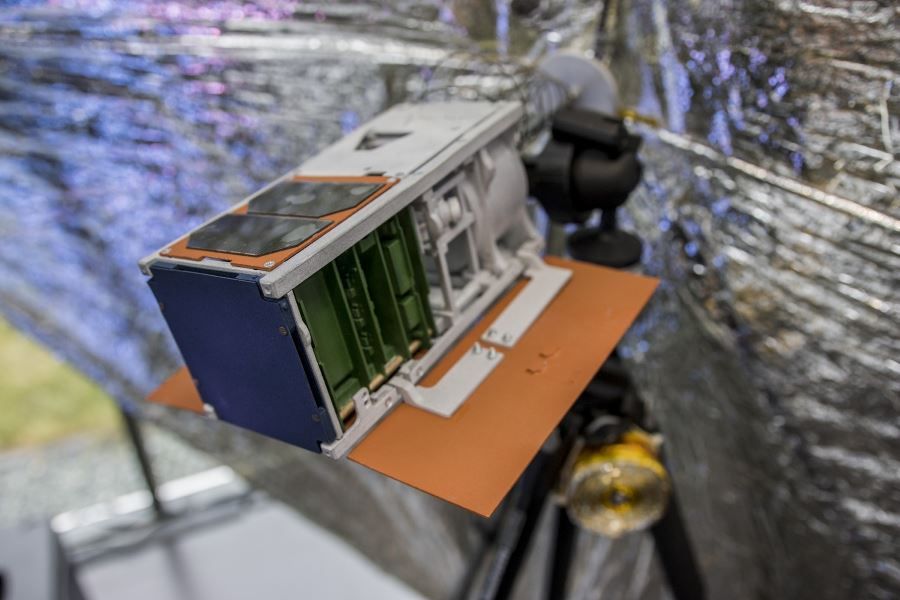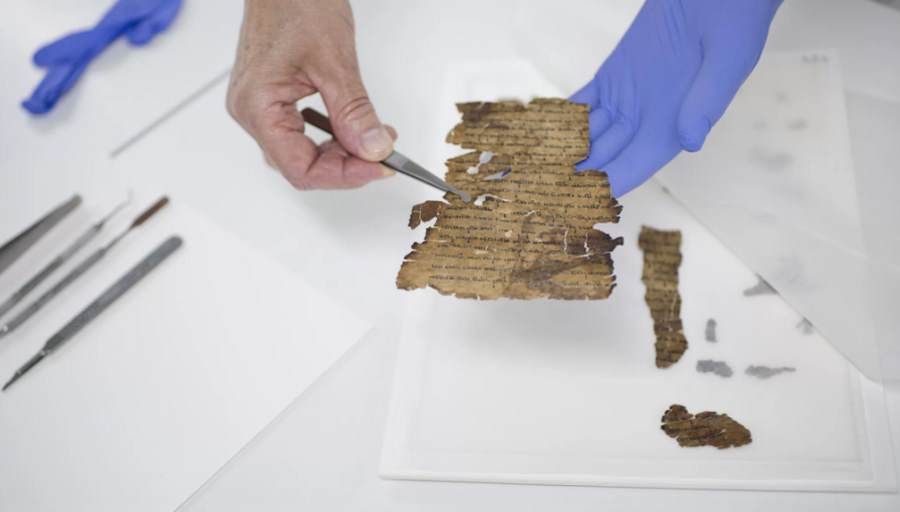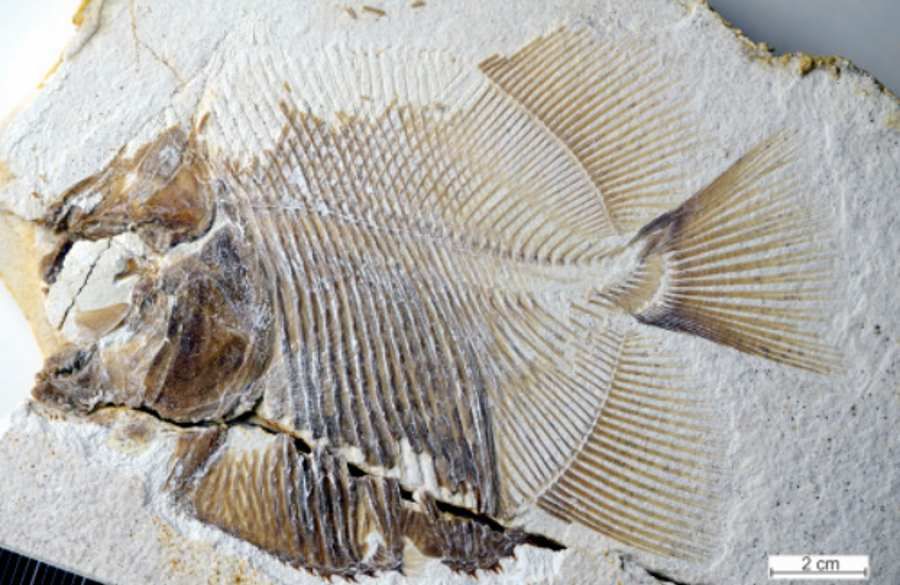Young Polish engineers want to solve a space problem
Testing of the deorbitation sail will be the most important element of the mission of the fourth Polish satellite – PW-Sat2. The sail, a solution designed by the students of the Students’ Astronautical Association (SKA) of the Warsaw University of Technology, has a chance to initiate a new era in space exploration, preventing unnecessary and cluttering satellites from remaining in orbit. As part of its mission, PW-Sat2 will perform a total of four experiments. The satellite will be launched on November 19, 2018., from aboard a Falcon 9 rocket.
The deorbitation sail is made of mylar foil which is ten times thinner than a human hair. Its prototype was tested in conditions of weightlessness and low pressure in a tower drop in Bremen. The diameter of the retracted sail is about 8 cm, which is extremely important due to the possibility of using this solution in microsatellites. The sail, when opened in orbit, will have the dimensions of 2×2 meters.
– Opening the sail will significantly increase the surface area of the satellite, and thus the aerodynamic drag, which The low-Earth orbit will decelerate the satellite. After conducting the remaining three experiments the satellite will unfurl the sail, which will cause gradual lowering of its orbit and, consequently, burning up in the Earth’s atmosphere – m i Inna Uwarova, project coordinator. – On-board computer, that is "m zg" PW-Sata2 was funded and programmed by Future Processing – adds Uvarova.
The arms of the deorbitation sail are made of flat springs placed in mylar pockets. The stored elastic energy allows the sail to unfurl after it is extended
from the storage tank, and the shape of the springs allows them to remain stiff and stable even under normal Earth gravity. Such design allowed to achieve very small dimensions of the The sail in the rolled-up configuration (in the tray). PW-Sat2 has a cuboid shape with dimensions of 10x10x22 cm, and the sail takes up less than 25 percent of the. volume of the device.
The next experiment will be related to the determination of the PW-Sat2 in orbit, which The sun sensor will make it possible. This sensor may be used in the future on other spatial orientation satellites. Thanks to this instrument, the solar panels of the satellites In the case of the PW-Sata2 spacecraft using such a sensor, it will be possible to optimally position the spacecraft with respect to the source of lumens. The designed sensor is a two-axis sensor and allows determining the direction to the Sun in two ch planes. The photosensitive elements, which determine the intensity of the light falling on them, are arranged on the four walls of the sensor. At the same time, sunlight falls on each wall under the r The light intensity data from each of the walls is used to determine the direction to the sun. The light intensity data from each of the walls is transferred to the processor, where it is converted into angular values using an appropriate algorithm and calibration data. The accuracy of the sensor built for PW-Sat2 is estimated to be about 1 degree. The satellite is equipped with a potr The redundancy of the sensor in the light.
There are also two cameras on board the satellite, which re will record the process of opening the deorbitation sail. This will make it possible to verify the correct opening of the sail. It is possible that PW-Sat2 will take and transmit pictures of the Earth, but it is not a priority for the mission. The cameras used use a CMOS sensor with a resolution of 640×480 px.
The fourth experiment is a mechanism for unfolding solar panels designed by a student . Solar cells are the primary source of The sun’s rays fall on each wall at different angles to provide a source of energy for the onboard computer and the PW-Sata2. The satellite will use zar cells The data can be recovered from a hard disk by using either a fixed mount on the casing of the device or a removable solar panel. The unfolding mechanism of the solar panels is designed to take up minimal space and in accordance with the requirements of the CubeSat standard. Such mechanisms are used to open the panels to increase the effective area for receiving sunlight collected by the photovoltaic cells.
More than 8,000 satellites have been launched to date in which the About 1900 satellites are in operation today. Among d other objects orbiting wok Earth are parts of rockets, pieces of the shuttle’s shell, and other objects , the rocket’s members
from the Apollo missions or the 32 nuclear reactors that hich were used to power the satellites. Space junk threatens not only existing satellites, but r and the International Space Station. Faster debris removal is also expected to reduce the possibility of satellite collisions in orbit, such as the. the first ever direct collision between two artificial satellites in the Earth, which The event took place on February 10, 2009. The collision between Iridium 33 and Cosmos 2251 resulted in more than 600 r The two are the size of debris .
The PW-Sat2 satellite will enter a Sun-synchronized orbit with an altitude of approx. 575 km. The launch aboard a Falcon 9 rocket is scheduled for the second half of November 2018. from the Vandenberg base in the United States. Future Processing and FP Instruments from Gliwice are strategic partners in the construction of PW-Sat2. Both companies provide support to the students, and in the spring of 2016 they funded an on-board computer, which made it possible to move to the next stage of the project.



